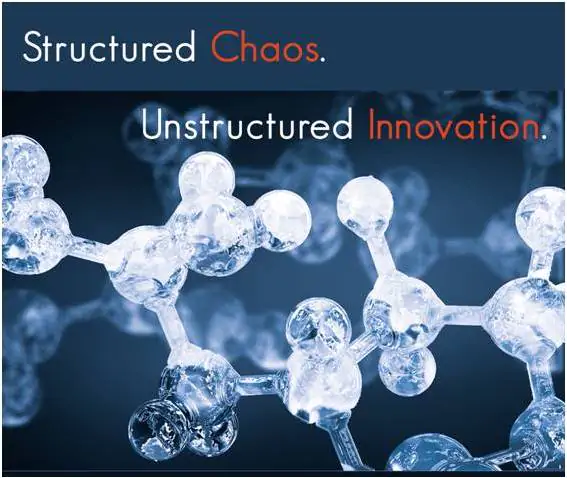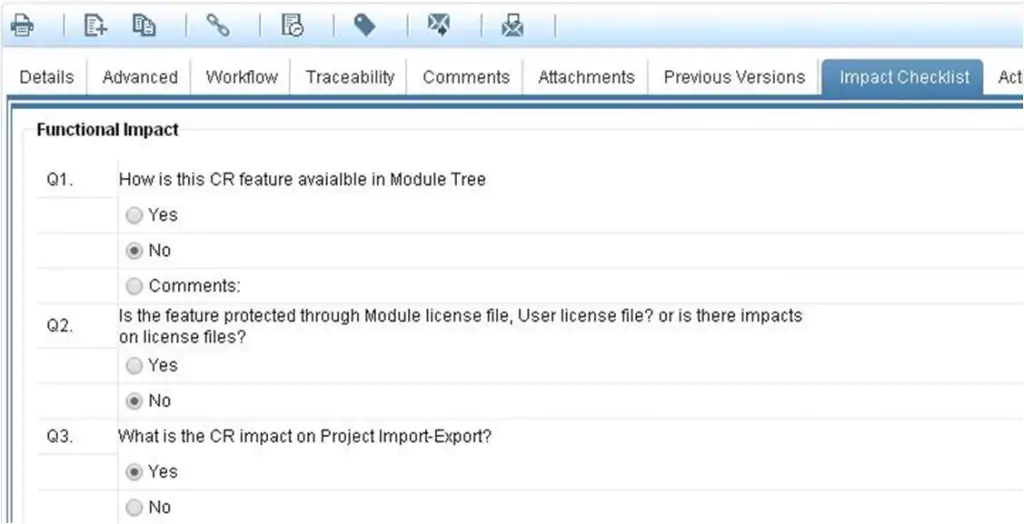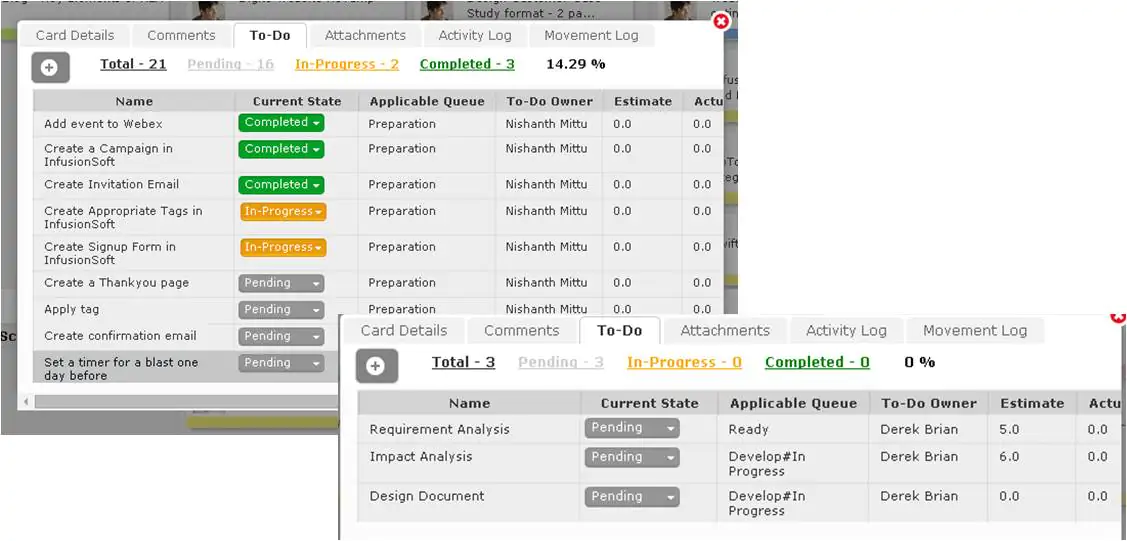Ideas are cheap. Execution is Everything. One of the many tenets that one hears often in the Silicon Valley underscoring the fact that successful innovation requires not just the initial spark of an idea but the discipline to execute on it till it truly reaches its full potential and impacts people in the way the innovator perhaps originally thought it might! In fact, the history of innovation is replete with examples of not the one who had the original idea but the one who saw its potential and took it all the way to a huge market success!

So, it was really interesting for me to read last month of an article (Anyone can copy the Keystone of Apple’s Design Process) that talked about a detailed checklist being at the heart of Apple’s amazing streak of innovation and delivery to the market of some of the most amazing and beautiful products over the last 15 years or so! If you read the article, and knowing Steve Jobs’ reputation as a man of details, a taskmaster, a hard driver, etc., you are almost certain to say – “But, of course!”
The article describes one of the most exhaustive (“obsessive”!) processes defined throughout the product development lifecycle and beyond to launch and ongoing sales and marketing. The article also refers to some of the other books/ articles published on the use of checklists as the foundation of building great products, including Atul Gawande’s famous The Checklist Manifesto – How to Get Things Right.
Don’t leave Important things to Chance!
The Checklist is a key part of our lives. Depending on the kind an organization and function you are, it is more than likely that you and your teams have some form of a task-list, a to-do list or checklist – whatever you call it – to ensure that critical tasks are done thoroughly and correctly, as they are generally meant to be. Some industries and operations survive only because of checklists – a pilot’s checklist immediately comes to mind.
We use checklists to plan or do things at home all the time. In fact, my tween daughter has been an expert at making checklists of things to do before and during any trip we have taken, right from the age of 5 or 6! Checklists ensure that we don’t leave important things to chance.
At Digité, we are very familiar with checklists! One of our key strengths has been our strong and integrated support to processes that our customers follow, however light or heavy (sophisticated) those might be. Both SwiftEnterprise and SwiftKanban provide extensive capability to define and use processes in such an integral manner that the person doing their work would typically not realize they were following a process! Doing that enables the team – and the overall organization – to delivery high quality and value on a consistent basis, while not getting bogged down in the mire of “process”.
On the other hand, checklists can also be seen as excessively bureaucratic, procedural and mechanical. They can be perceived to be – and very often are – killing creativity (which is why, the Apple article is so relevant). Over-analyzed, over-thought-up checklists can cause ‘checklist fatigue’ and a mechanical adherence to them that can have the opposite effect – of making people miss verifying if something in the checklist was actually done or not.
Eliminate the “Bureaucracy of Checklists”
This is where automation can and must help. A well-thought-through automated checklist will provide attention to detail, adaptability, ease of compliance and speed of execution. Automated checklists must provide a comprehensive coverage to the work being done; on the other, they must provide for the flexibility and adaptability that is required for different scenarios that that checklist serves and due to changing business requirements. They must be easy to ‘serve’ to a task, customized depending on the context (type of project/ application/ method or other factors) and of course, easy to respond to.
SwiftEnterprise’s checklist capability allows users to define process-specific checklists that become available to all teams following that process. They can be attached to an object – so that at each step of the flow, as team members complete their work, they can respond to them to verify they have taken care of all the things they were supposed to do in that stage of the work. Checklists can span multiple objects – such as a resolving a Defect in response to a failed Test Case or approving a modified Requirement to record changes based on a Change request.
In SwiftKanban, each card on the board has a simple To-Do list or Task List. These can be templatized for a card type – so a User Story has its own task list while an Issue might have its own. The tasks in the list can be linked to specific columns of the Kanban board through which the card traverses. Users can be promoted to provide updates to the tasks when they move a card from one column to the next to indicate they are done working on the card.
Structured Chaos, Unstructured Innovation
Both the SwiftEnterprise checklist and the SwiftKanban task-lists can be as ‘light’ as needed or as detailed as an organization needs it to be. They can serve as a work breakdown so team members understand how they are supposed to work on a specific deliverable; and/ or they can be reminders to be verified to ensure that they have not forgotten something critical. It is really up to the team to define how they would want to make effective use of them.
I believe that we have remained true to our vision of building lightweight, easy to use software products that enable teams to be creative and to get on with their work while helping them execute all of the work thoroughly that is needed to make a truly successful product or application. Just enough structure to enable sustainable, successful innovation.
Of course, this requires that the checklists are carefully thought through and set up so that they do not end up making the process bureaucratic and in fact, guide the entire process from concept to launch and beyond. Let the Apple story and The Checklist Manifesto inspire you to innovate successfully! And let SwiftEnterprise/ SwiftKanban help you with the rest! 🙂
Mahesh Singh
Sr. VP – Product
PS: Do share your experience with checklists to help others build great checklists! If you liked this article, please do share it with others.








